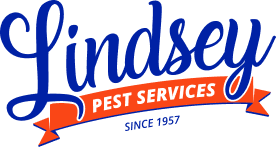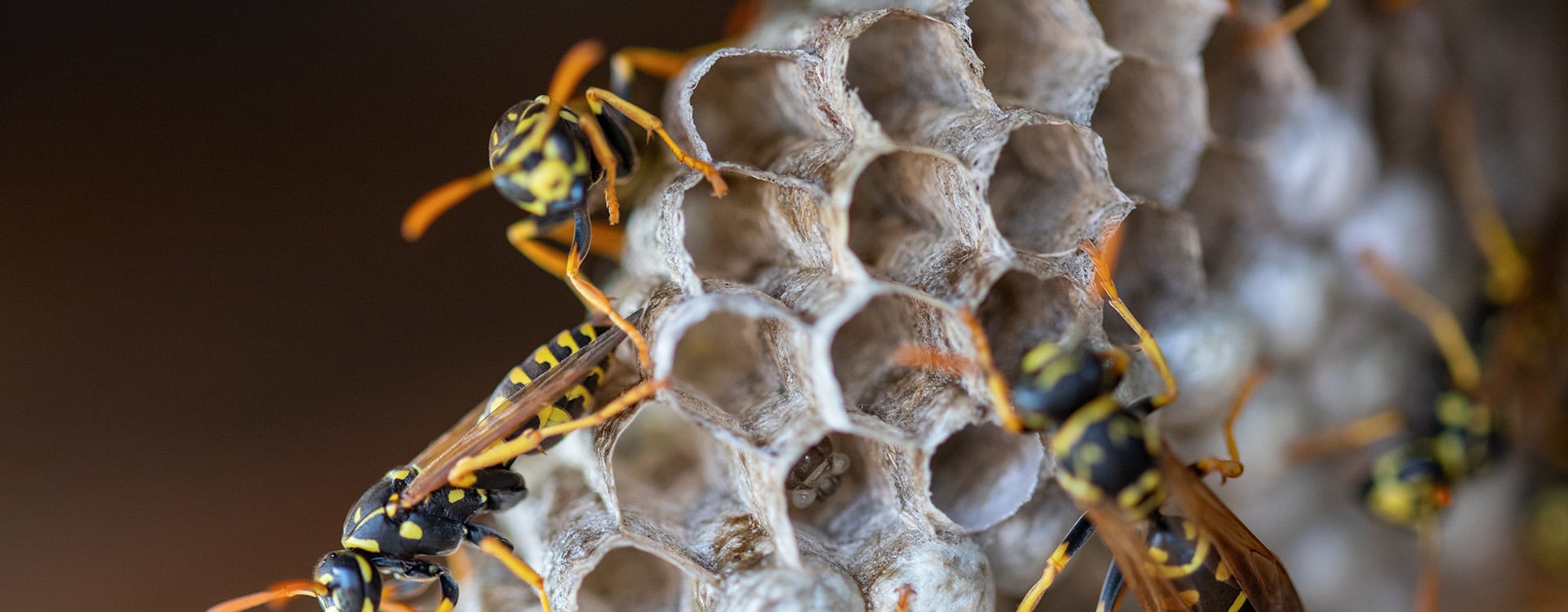What do wasps look like?
Wasps are built similarly to ants and are sometimes called bees, but they are not all the same. Wasps have a thin waistline and very little body hair compared to bees. There are over 4,000 wasp species in the United States.
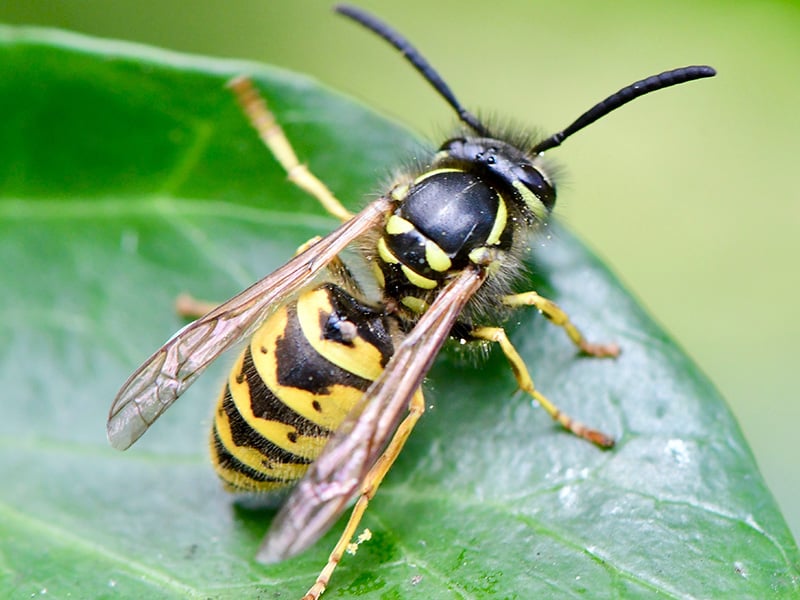
Yellow Jackets
This type of wasp has a black and yellow striped abdomen, black antennae, and short legs.
Often called bees, yellow jackets are wasps that build nests in wall voids or cavities in the ground.
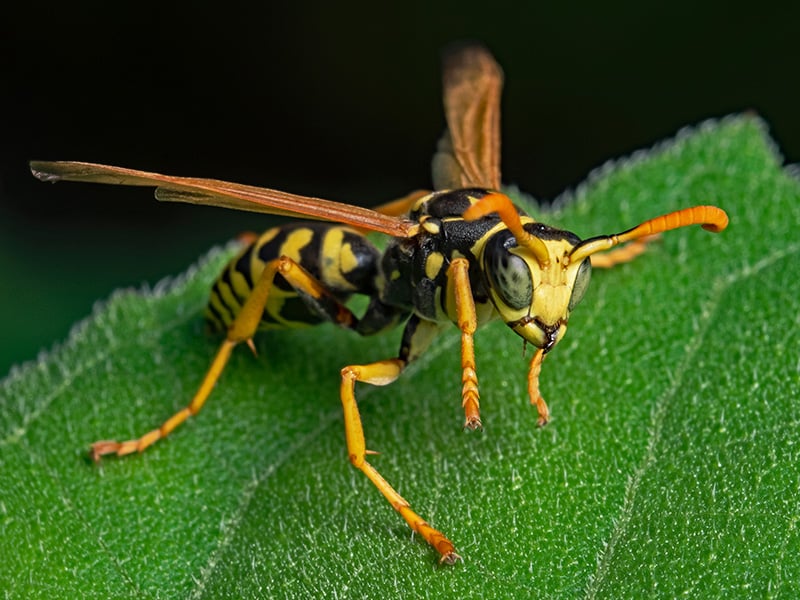
Paper Wasps
Paper wasps have relatively long bodies, long legs, and coloring that varies among the paper wasp species. Many are brown with yellow markings, and some have red markings.
Paper wasps build umbrella-shaped aerial nests that typically hang of tree branches, porch ceilings, eaves, and other overhangs that offer protection.
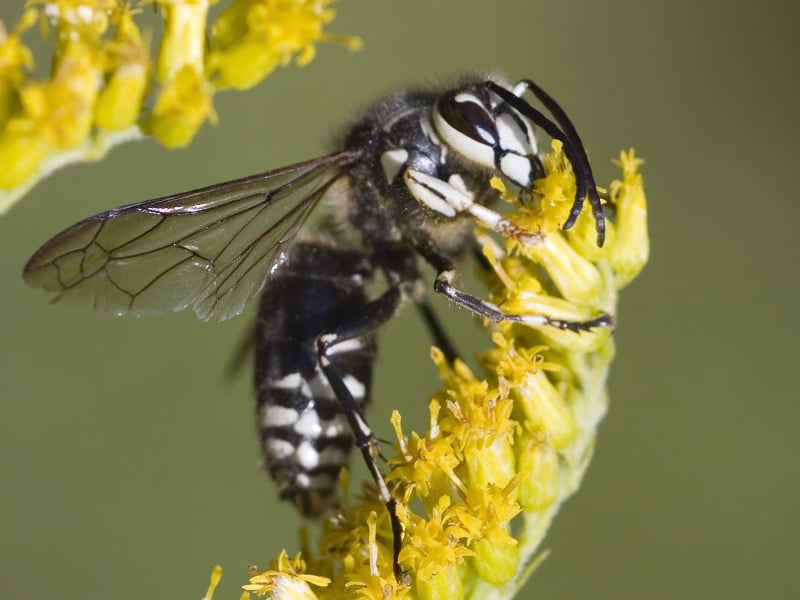
Bald-faced Hornets
Bald-faced hornets are social wasps with white markings on their thorax and heads.
They often build paper-covered nests in tree stumps and wall voids.
When are wasps most active?
What attracts wasps?
Wasps are attracted to properties (and sometimes people) for several reasons, including:
-
Wasps are attracted to both protein and sugary foods, including pet food, exposed garbage, fruit trees, sugary drinks, and crumbs.
-
They are also drawn to flowers and plants that produce nectar.
-
Water sources like pools and bird baths may attract wasps.
-
Eaves, attics, sheds, and other protected areas that provide ideal nesting sites may also attract wasps.
-
Wasps are also drawn to perfumes, lotions, and other sweet smells, as well as bright-colored clothing.
Are wasps dangerous?
Yes, wasps can be dangerous, especially if they feel threatened, or if their nest is disturbed. Here are a few risks associated with wasps in our region:
- Wasp stings: Unlike most bees that only sting once, wasps can sting multiple times. Their stings are painful and can cause swelling, redness, and itching. They can also produce mild to severe allergic reactions, including anaphylaxis.
- Aggressive behavior: Certain species of wasps, like yellow jackets, are notorious for their aggression and can attack in large numbers, which increases the risk of multiple stings.
- Secondary infections: Scratching a wasp sting can lead to secondary infections.
- Structural damage: Additionally, when wasps build nests in eaves, attics, and wall voids, it can lead to structural damage.
How do I get rid of wasps?
If wasps are active on your property, nesting in or near your home, or you are concerned someone will be stung, Lindsey Pest Services can help with professional wasp and hornet control services.
When you reach out for help, our team will inspect your property to locate nests and evaluate the severity of the problem. Then we'll come out to address the nest at dawn or dusk, or whenever it will be the safest for you and your neighbors.
Once the nest is removed, our experienced pest control technicians will return to your property to look for any straggler wasps and make sure they don't have the opportunity to start constructing a new nest.
Homeowners can also sign up for ongoing home pest control services that include wasp removal. Check out our Good Plan below or give us a call!
Good Pest Control Plan
If ants and other common household pests are infesting your home, Lindsey Pest's Good plan may be the perfect solution. Starting at only $40* per month, this affordable year-round home pest control plan includes an initial interior and exterior inspection and treatment for your existing pest problem. Every quarter, one of OUR experienced pest control technicians will return to perform an exterior treatment that is designed to control 30+ invading pests.
-
Quarterly Pest Service
-
Lindsey Pest Free Guarantee
-
30+ Common Pests
-
Webbing Removal (Up to 12 ft)
-
Wasp Removal (Up to 10 ft)
-
Rodent Control
-
Seasonal Mosquito Suppression
-
Fire Ant Control
-
Scorpion & Other Stinging Insect Control
Pests Covered In This Program:
*German Cockroaches, American Cockroaches, Brown Banded Cockroaches, Australian Cockroaches, Asian Cockroaches, Woods Roaches, Pharaoh Ants, Rover Ants, Thief Ants, Monomorium Ants, Acrobat Ants, Big-Headed Ants, Odorous House Ants, Pavement Ants, Little Black Ants, Silverfish, Fire Brats, Springtails, Psocids, Crickets, Earwigs, Cellar Spiders, Jumping Spiders, Weevils, Cigarette Beetles, Drugstore Beetles, Confused Flour Beetles, and Fungus Gnats
Additional Details
* New customers only - after initial fee. Some exclusions may apply.
* One year service agreement required
* Early cancellation fee may apply
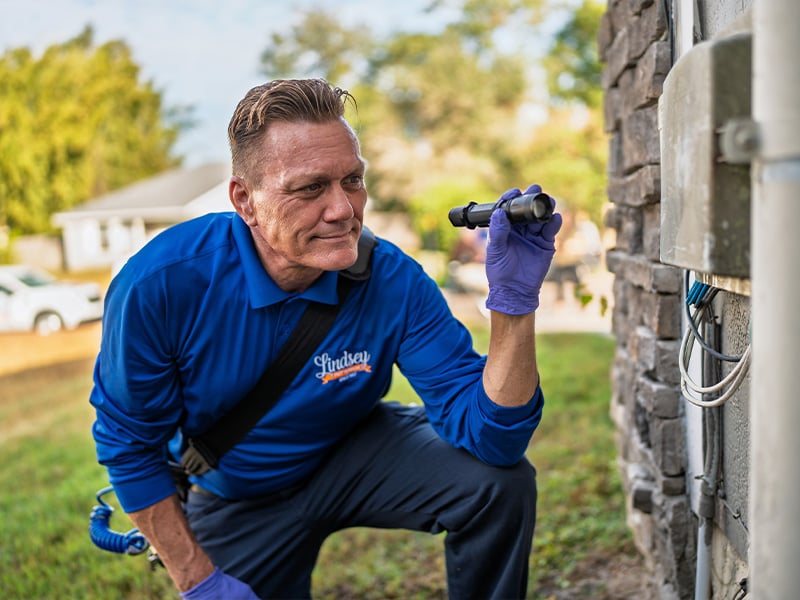
Get Your Free Pest Control Quote Today!
Complete the form below to get started with your free, no-obligation quote, and a Lindsey Pest representative will contact you shortly.
Same Day Service Available!

